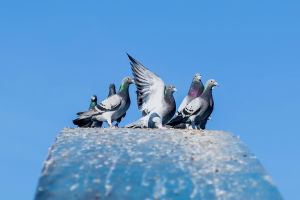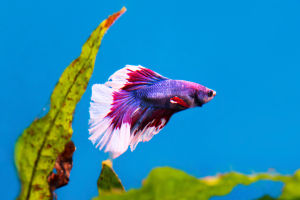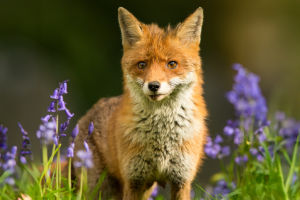Hello Lykkers! Ever wondered how ants manage to work together so effortlessly to carry heavy loads, while humans might struggle with the simplest tasks when working in groups?
Well, a new study has delved deep into this question, and the findings might surprise you!
The Big Challenge: Moving a "Piano"
Imagine trying to move a heavy piano through a narrow hallway. Sounds tough, right? That’s exactly the type of challenge a team of researchers recently tested, but with an interesting twist—they compared the performance of ants and humans when it came to moving an object through a confined space.
The challenge is known in the robotics world as the “moving the piano” problem, a puzzle that requires teamwork and coordination to solve.
The experiment was designed to examine how both ants and humans cooperate in a task that requires precise movement and collaboration. The researchers set up two versions of the same maze: one for humans to carry a large object, and the other scaled down to suit the ants. For the ants, they were given a food bag, tricking them into thinking it was a food delivery to their colony. Humans, on the other hand, simply needed to transport the object from one end of the maze to the other.
What is "Collective Cognition"?
The study focused on a fascinating concept called collective cognition—the ability of a group to make decisions and take action as a unified whole. This type of cognition isn’t something that exists in any single individual; it’s a product of the group dynamic. In the case of ants, when they work together, they rely on each other’s movements, creating a fluid, well-coordinated process.
Here’s where things get interesting. When ants collaborated to carry the load, they seemed to instinctively adapt to one another’s movements. Even if one of them bumped into a wall, the others would adjust their actions, and the group as a whole continued moving forward without hesitation. This type of teamwork doesn’t require any knowledge of the maze or a detailed plan—it’s all about responding to the group’s cues and working together.
The Struggles of Humans
Now, let’s talk about the humans. The study found that humans struggled more with the task, not because they were less capable, but because of how we approach problems. Each human brought their own ideas and methods, creating different strategies to navigate the maze. This lack of uniformity in thinking slowed down the group’s progress.
The "Silent" Experiment: Communication Matters
Here’s where the study gets even more interesting. To make things fairer, the researchers limited the communication among the human participants. No talking allowed! This simulates the communication style of ants, where they rely more on instinct and movement than on verbal exchange. When humans couldn’t communicate, they started prioritizing group consensus, focusing more on syncing up with each other’s actions.
The result? The humans worked better as a team without verbal communication—proving that sometimes, less communication can lead to better cooperation.
What We Can Learn from Ants
So, what can we learn from this experiment? It turns out that ants have a certain simplicity in their collective decision-making that humans could benefit from. When everyone’s focused on the same goal and follows the group’s movements, things tend to work more efficiently. On the other hand, overthinking or trying to complicate things, as humans tend to do, can lead to confusion and delays.
In conclusion, this study has given us a unique look at how different species approach problem-solving. Maybe next time we’re working together on a task, we can channel our inner ants—working together without overcomplicating things.
Thanks for reading, Lykkers! I hope this gave you some fresh perspective on teamwork and cooperation. Let’s try to keep it simple next time, shall we?


